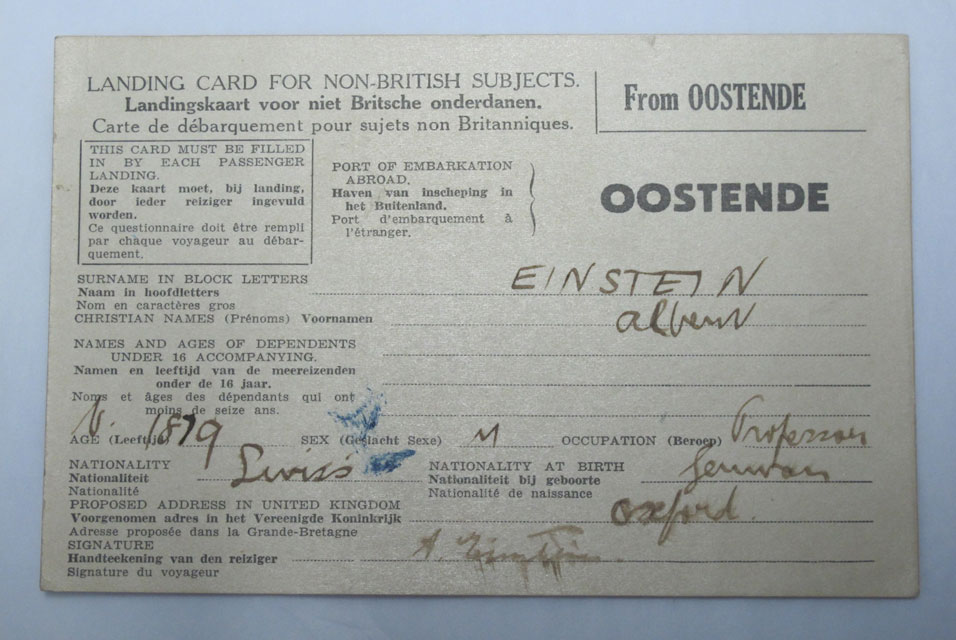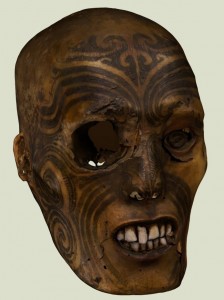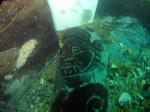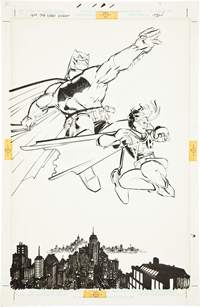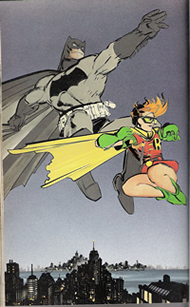The Romanian government has recovered 232 artifacts looted over a decade ago from the ancient Dacian capital of Sarmisegetusa Regia. The authorities have been tracking the stolen treasure all over Europe and the US with the help of local police forces, Interpol, and historical experts.
The artifacts include two iron parade shields, 42 inches in diameter and decorated using a repoussé technique (beating the hot metal from the reverse side to form a decorative relief), one with a buffalo and the other with a griffin. These are extremely rare pieces. There are also 229 coins, 27 of them gold pieces of the Greek Lysimachus or Dacian pseudo-Lysimachus type, 39 silver Koson coins (named after the Dacian king Cotiso who is thought to have had them minted; the Greek version of his name, Koson, is on the coins), and 163 silver imitation Macedonian tetradrachma.
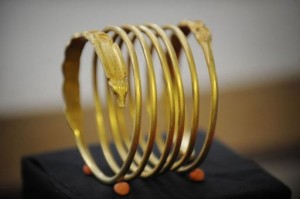 The star of the recovered material, however, is a two-pound gold bracelet from the 1st century B.C. that is one of 24 gold bracelets stolen from the archaeological site. Counting this one, 13 of the looted bracelets have now been recovered since 2005.
The star of the recovered material, however, is a two-pound gold bracelet from the 1st century B.C. that is one of 24 gold bracelets stolen from the archaeological site. Counting this one, 13 of the looted bracelets have now been recovered since 2005.
After the treasure of Pietroasele, which includes gold figurines weighing more than 19 kilos, “this is the most important find made on Romanian territory,” [Ernest Tarnoveanu, head of Romania’s national history museum,] said.
The 13 beautifully decorated golden spiral bracelets recovered so far were among 24 stolen between 1998 and 2001, when the Sarmisegetusa site in southwest Romania was plundered.
Elements of the hoard have been recovered from American, German and Swiss collectors who had bought them in good faith, prosecutor Augustin Lazar said.
That’s very generous of them, I must say. The artifacts recovered today were purchased from a German collector for $430,000. I’m not sure why Romania had to buy its stolen treasure back, no matter how good the collector’s faith was when he bought them. This isn’t the first time, either. Romania has been paying redemption money to every single private collector who has been found in possession of Sarmisegetusa Regia loot. Italy just threatens to prosecute unless they cough up.
While the wealthy collectors are getting paid, the local thieves are doing hard time. Romanian courts have indicted 28 people for involvement in the Sarmisegetusa robbery. In December 2009, thirteen of them were convicted and received prison sentences of between 7 and 12 years, totaling 100 years of imprisonment.
